Myths about teaching can hold you back
- Year 1
Represent the inverse relationship between addition and subtraction
I can interpret and represent the inverse relationship between addition and subtraction.
- Year 1
Represent the inverse relationship between addition and subtraction
I can interpret and represent the inverse relationship between addition and subtraction.
These resources were made for remote use during the pandemic, not classroom teaching.
Switch to our new teaching resources now - designed by teachers and leading subject experts, and tested in classrooms.
Lesson details
Key learning points
- Addition is the inverse of subtraction. Addition can 'undo' subtraction.
- Subtraction is the inverse of addition. Subtraction can 'undo' addition.
- When an amount is added to the start of a story, to 'undo' the change we must subtract the same amount.
- When a given amount is subtracted from the start of a story, to 'undo' the change we must add the same amount.
Keywords
Add - o find the total, or sum, by combining two or more parts (addends), or to increase an amount by adding another.
Subtract - To partition one part from another (the subtrahend from the difference), or to decrease an amount by taking an amount away.
Inverse - Inverse means the opposite in effect; the reverse of.
Common misconception
Children may look at the numbers but not be able to visualise the context, for example, they may try to undo 6 + 4 = 10 with 10 - 6 = 4
Use practical equipment to illustrate the importance of the number added and subtracted being the same. Link equations to contexts ensuring that children are secure with what each part of an equation represents when linked to a story context.
To help you plan your year 1 maths lesson on: Represent the inverse relationship between addition and subtraction, download all teaching resources for free and adapt to suit your pupils' needs...
To help you plan your year 1 maths lesson on: Represent the inverse relationship between addition and subtraction, download all teaching resources for free and adapt to suit your pupils' needs.
The starter quiz will activate and check your pupils' prior knowledge, with versions available both with and without answers in PDF format.
We use learning cycles to break down learning into key concepts or ideas linked to the learning outcome. Each learning cycle features explanations with checks for understanding and practice tasks with feedback. All of this is found in our slide decks, ready for you to download and edit. The practice tasks are also available as printable worksheets and some lessons have additional materials with extra material you might need for teaching the lesson.
The assessment exit quiz will test your pupils' understanding of the key learning points.
Our video is a tool for planning, showing how other teachers might teach the lesson, offering helpful tips, modelled explanations and inspiration for your own delivery in the classroom. Plus, you can set it as homework or revision for pupils and keep their learning on track by sharing an online pupil version of this lesson.
Explore more key stage 1 maths lessons from the Additive structures: addition and subtraction unit, dive into the full primary maths curriculum, or learn more about lesson planning.

Licence
Prior knowledge starter quiz
6 Questions
Q1.This picture has been represented with the equation 2 + 5 = 7
Which number must be subtracted to undo the change?

Q2.Match the addition equations to the inverse equation.
8 − 2 = 6
8 − 6 = 2
Q3.First, there were 8 cakes on my plate. Then, 3 cakes were eaten. Now, there are 5 cakes on my plate.
Write the equation which would undo the change made in this story?
Q4.Look at the picture. Which of the following represents the story?
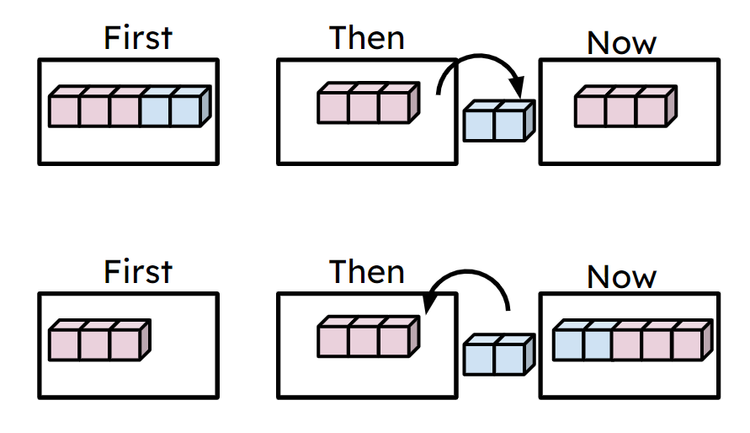

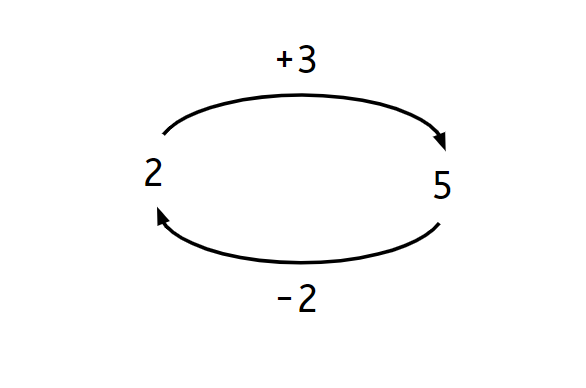
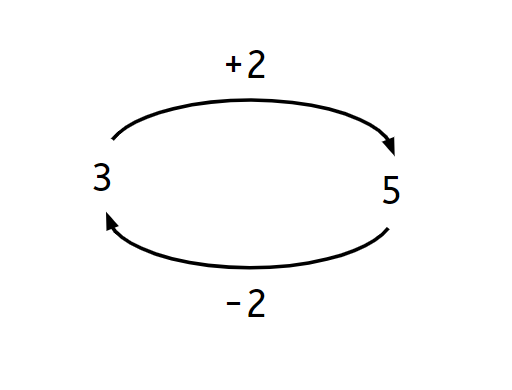
Q5.Which equation would undo the addition 5 + 1 = 6
Q6.Which equation would undo the subtraction 9 − 5 = 4
Assessment exit quiz
6 Questions
Q1.Aisha picks up 4 beads.
First, she picks up 3 white beads. Then, she picks up 1 red bead.
She represents this with this equation 3 + 1 = 4
What subtraction equation would she write to undo this?
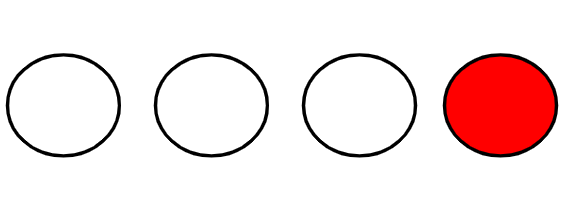
Q2.What amount will make this representation correct? What number is missing from the number line?
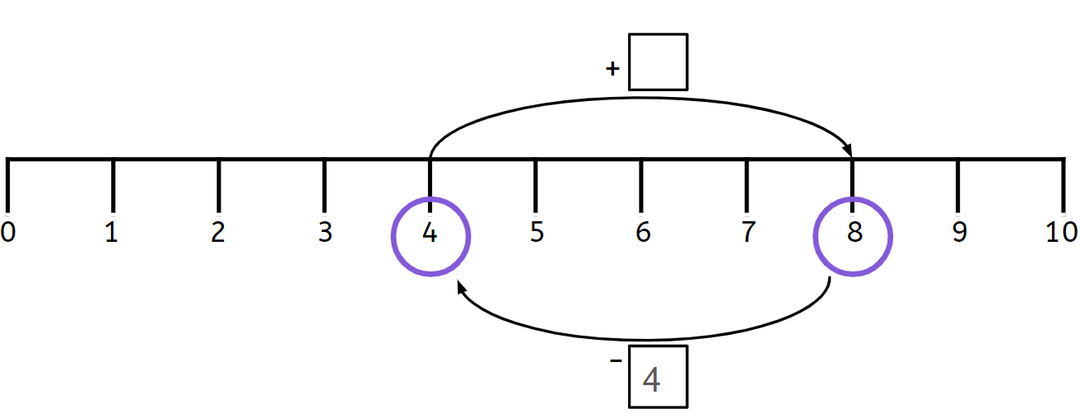
Q3.Alex collects some conkers.
First, he puts 6 conkers in his pocket but then 5 conkers fall out. Now, he has 1 left.
6 − 5 = 1
Which equation would undo this change?

Q4.Which pair of equations are being shown in this picture?

Q5.Aisha and Alex are telling their own 'First, then, now' stories for this picture. Who is correct?
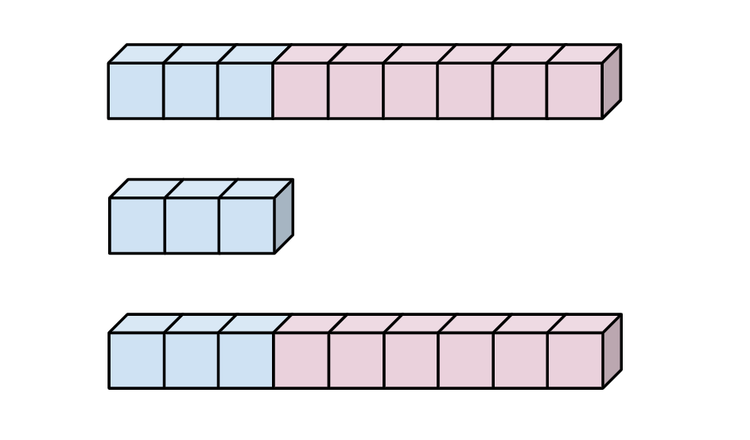
Q6.I created a picture to show a 'First, then, so, then, now' story.
How much was added to the amount at the start of the story?



